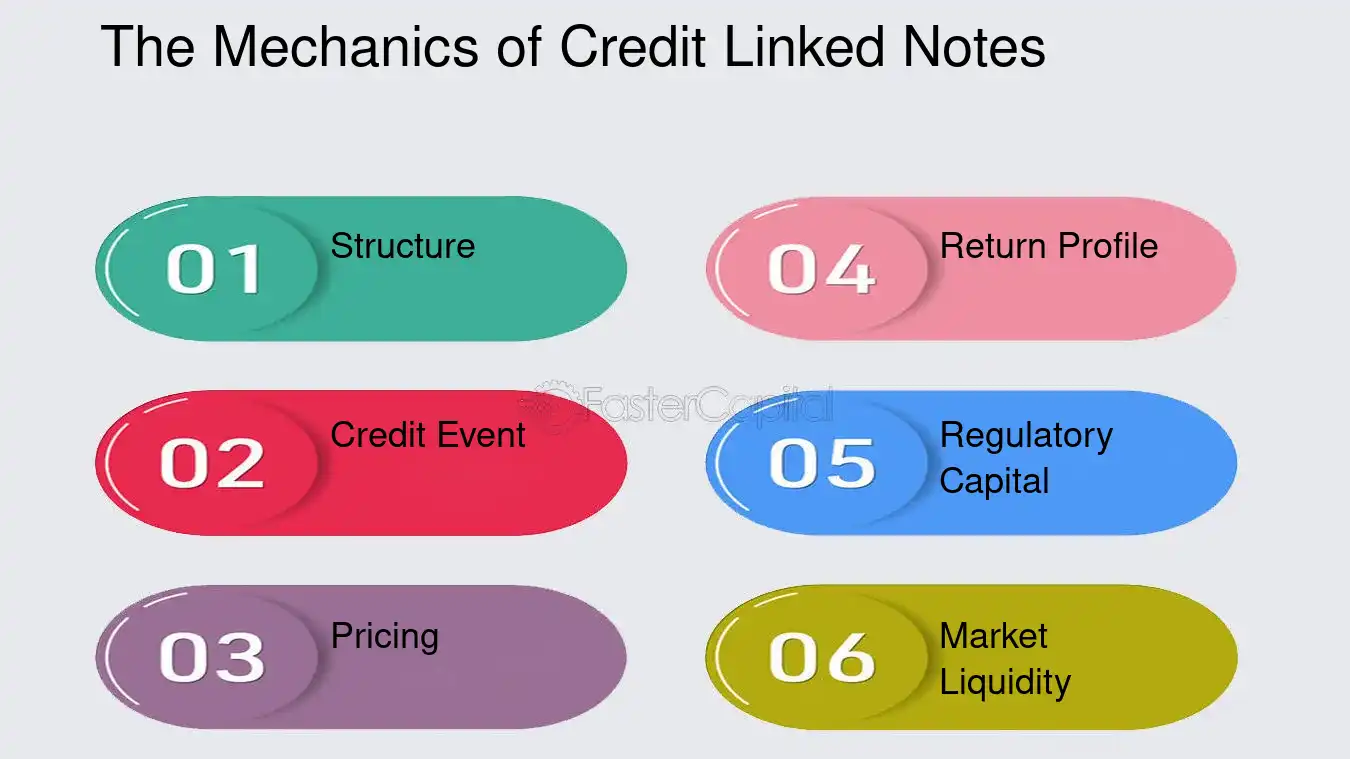You remember the moment. The master client spreadsheet with 17 color tabs crashed. A full day of updates was lost. Then came the missed call. Your only office line was busy when the client needed you.
Growth feels exciting at first. Then it begins to reveal cracks in the systems you depend on. Those cracks are not small. They show you that the tools built for yesterday are breaking under today’s pressure.
Rigid systems stop progress. They create friction and slow momentum. What once worked now holds the business back. Success creates stress that old systems cannot absorb.
Modern businesses choose another path. They rely on flexible digital tools that expand when needed. This article is your playbook. It shows how to adopt scalable systems and design a foundation that supports growth with confidence.
The Foundational Shift: From Fixed Costs to Fluid Ecosystems
Scaling a business used to be like putting bones to a skeleton, and it took decades. Each new hire required a new phone line, and every expansion meant another server in the closet. Every step demanded high capital outlay.
The structure looked strong, but it was rigid. Like brittle bone, it could not bend when pressure came. This old way slowed progress and locked companies into long commitments with tools that aged quickly.
Adaptation was costly and slow. The weight of growth drained both capital and speed. Modern companies now choose a different model. They operate less like skeletons and more like nervous systems.
Quick, adaptable, and receptive. They are based on a cloud-first environment with SaaS in the middle. Predictable subscriptions replace heavy upfront bills. Adding a team member takes minutes, not months. Scaling becomes an on-demand function.
Your tech stack should not resist growth. It should move with it. A living system adapts to opportunity. It bends without breaking. It provides strength without weight. This new foundation supports growth today and expands into the future.
Scaling Communication Infrastructure
As a company grows from a small team to dozens of employees, communication is the first system to strain. A single office line can’t manage the volume, a shared email address creates confusion, and customers start waiting longer for replies.
As teams spread across locations and time zones, the challenge intensifies, leading to dropped opportunities and an erosion of professionalism. The solution is Voice over IP (VoIP). Instead of relying on physical phone lines, your calls run over the internet, a shift that unlocks incredible agility.
You can add or remove phone numbers instantly, remote employees get local-feeling extensions, and call records can connect directly into your CRM for full visibility. Communication scales without delay.
But the promise of VoIP is only as strong as its connection. Without the right foundation, even the best software fails. Dropped calls and garbled voices damage trust with every customer who dials in. The non-negotiable first step is stable hardware.
A good VoIP router will make sure that calls are not interrupted, as voice traffic will be given priority, hence conversations will continue to flow even when the network is congested. That stability protects your professional image. Technical stability is only part of the challenge.
As teams grow, brand consistency becomes just as important. Ten employees recording ten different voicemail messages creates confusion and makes the company sound unprofessional. A voicemail greeting generator solves this instantly.
In minutes, you can develop a polished, on-brand message using one tool and implement it in all the departments. All the callers are then greeted by the same professional voice regardless of their destination.
Scalable communication needs more than software. It requires strong hardware and consistent messaging. Together, VoIP, a dedicated router, and uniform greetings create a system that grows with you and keeps every customer interaction professional.
Scaling Project Management & Collaboration
In a two-person startup, sticky notes and whiteboards can handle the work. At ten employees, the system starts to fail, and at twenty, the system collapses. Important activities are lost within email chains, important documents are on personal hard disks, and conferences become a guessing game as to who is handling what.
This is not only inefficient, but also pulls back growth and the whole team. The answer lies in a centralized cooperation hub. Asana, Trello, and Monday.com are tools that substitute confusion with structure and make them a single source of truth in all projects.
All people can monitor progress in real time, and tasks are allocated to a specific owner, which develops accountability. The actual advantage, though, lies in the fact that such tools reduce the number of miscommunications and increase the level of clarity by making the onboarding process less challenging. Imagine a new hire starting on Monday.
Instead of a week of catch-up meetings, you add them to the ‘Q4 Product Launch’ board. By lunchtime, they understand every task, deadline, and dependency. They see who is handling each part and how their role fits into the larger effort, allowing them to contribute meaningful work on day one. That is the true power of a scalable system.
Collaboration hubs transform scattered communication into organized progress, providing the visibility, accountability, and efficiency every growing business needs to expand without losing control.
Scaling Customer Relationships
How many potential sales were lost last year simply because a follow-up reminder was buried in someone’s inbox?For many growing companies, the answer is high enough to hurt. When customer information sits in scattered spreadsheets and messy inboxes, leads slip away. This is not just a small issue; it is money lost and trust broken.
This is fixed by a cloud-based Customer Relationship Management (CRM) website. Tools such as HubSpot, Zoho, or Salesforce develop a single platform to interact with every single customer, and this platform is the focal point, which connects your sales and support. Rather than balancing between unrelated files, each team member is able to view the entire history of the customer at a single point.
The benefits go beyond simple storage. A CRM automates the small but vital steps that keep customers engaged. Follow-up emails, lead assignments, and data entry happen without delay. Nothing important depends on someone remembering to click send.
The third strength is insight. A growing data set becomes a guide instead of a burden. Patterns in customer behavior and sales pipelines show where to focus, allowing leaders to make smarter decisions because they can see the full picture.
The result is a stronger customer experience without leaks. All the leads are traced, all the follow-ups are dispatched, and all the opportunities can be seen. An expandable CRM is not only a way of organizing your data, but it also safeguards your income and maintains your development on the right course.
Ready to make the shift? Implementation of new tools does not necessarily have to be daunting. This 4-step model transforms a complicated decision into a process that is manageable and structured.
Your 4-Step Framework for Adopting Scalable Tools
The implementation of scalable instruments does not have to saturate your business. Make all decisions with the help of this four-step framework.
1. Audit & Identify Bottlenecks.
Start by listening. Ask your team and yourself: “Where do my employees complain the most?”
Their answers will point you directly to the real friction points: the clunky spreadsheets, messy communication channels, or manual tasks where meaningful change is needed most.
2. Prioritize for Impact.
You can’t fix everything at once, so focus your energy. Ask: “Which fix would free up the most time for my team?”
Focus on the one or two changes that will produce maximum immediate payback on effort and create a positive momentum to make further changes.
3. Research with the Future in Mind.
Think beyond a short-term fix that could limit future growth. As you evaluate solutions, ask: “Does this tool’s pricing plan punish growth or encourage it?”
Select those that are easy to scale, can be integrated with your other systems, and that are flexible and will provide the capabilities that your company will require in the future.
4. Implement, Train & Iterate.
The best tools fail without team adoption. The question to ask before you launch is: What are we doing to train and get everyone excited within the first 30 days?
Make honest investments in onboarding, seek feedback, and be ready to repeat the process until the new tool transforms into a seamless part of your day-to-day activity.
It will make the change process a strategic benefit that will keep your business on its feet, and all new tools you will embrace are a good investment in your future.
Conclusion
Scalability is not about massive budgets. It is about smart choices that keep your business agile and prepared. Flexible digital tools do more than support growth.
They design your company to handle it with strength and clarity. The future belongs to businesses that don’t just react to growth, but design for it. Build that foundation now, and you’ll be ready to seize every opportunity that comes your way.



